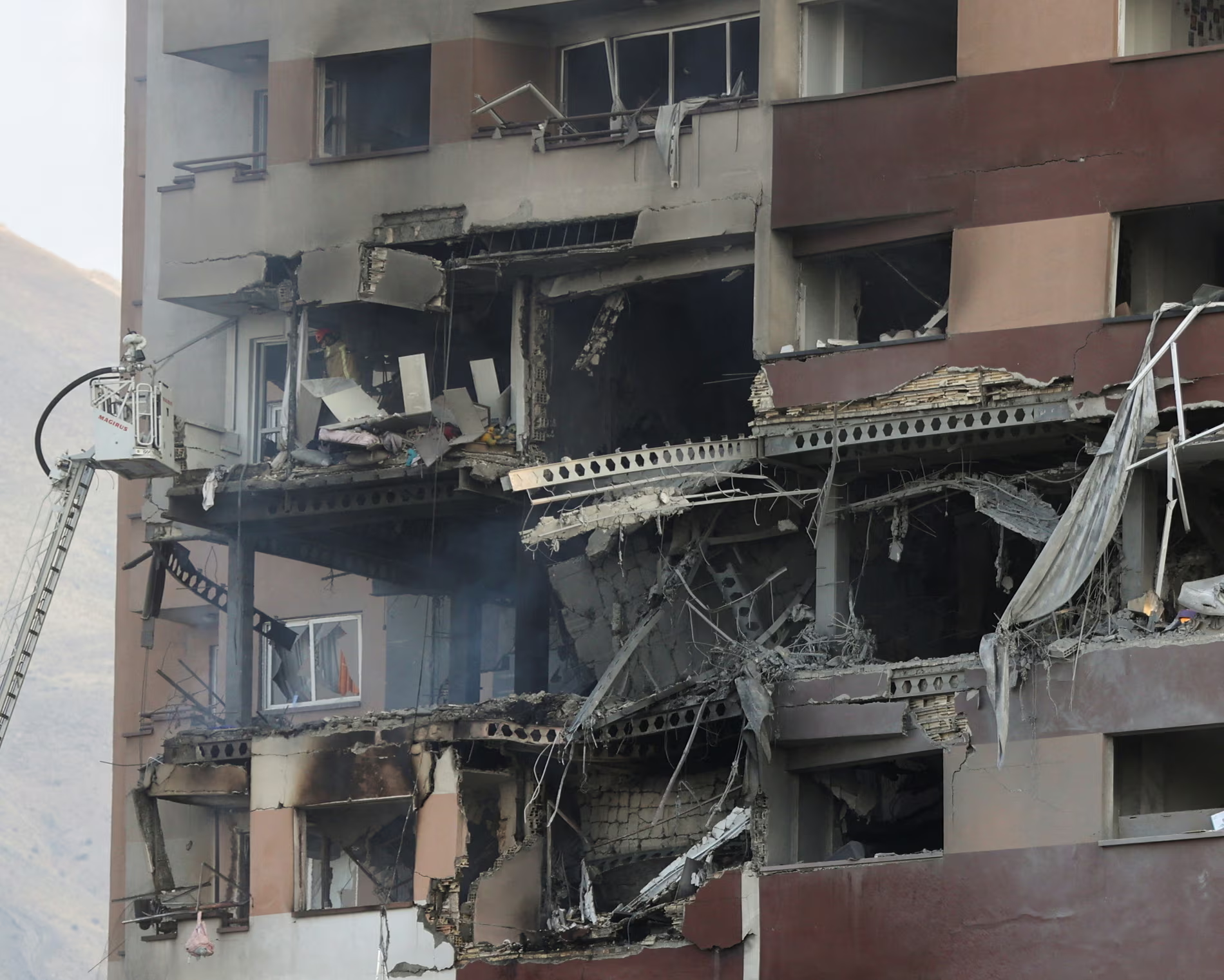Israel’s Military Offensive Against Iran Reshapes Middle East Power Balance
Israel’s direct military offensive against Iran has become a defining moment in Middle Eastern geopolitics. Triggered by the October 7, 2023 Hamas attack, this campaign marks the culmination of strategic moves aimed at dismantling Iran’s network of regional proxies. The shift from proxy wars to direct confrontation signals a dramatic change in regional military dynamics.
The Axis of Resistance Collapses: From Gaza to Lebanon
Israel’s first response came in Gaza, where a devastating offensive decimated Hamas. With tens of thousands killed and the group’s infrastructure destroyed, a critical pillar of Iran’s so-called axis of resistance was eliminated. This coalition of Iran-backed militias had served as a deterrent and projection tool—now it was crumbling.
Israel quickly expanded its reach to Syria. The April 2024 airstrike on Iran’s Damascus embassy was a key escalation, provoking Iran’s first direct retaliation in years. Though Tehran launched a wave of drones, they caused minimal damage, exposing Iran’s limited capacity for long-range retaliation.
By September 2024, Israel shifted its focus to Hezbollah in Lebanon. The results were swift and overwhelming. Hezbollah’s top command was neutralized, its missile arsenal destroyed, and Israeli forces advanced into southern Lebanon with little pushback. Even Hezbollah loyalists admitted defeat.
Strategic Weakness Exposed: Assad’s Fall and Iran’s Isolation
Iran’s attempted counteroffensives only exposed further vulnerabilities. Airstrikes on Israel failed to reverse the battlefield losses. In response, Israel dismantled Iran’s air defenses, creating the conditions for an even bolder military move.
The collapse of Bashar al-Assad’s regime followed shortly after. With Hezbollah unable to defend its ally, Syria fell into chaos, leaving Iran’s strategic corridor to the Mediterranean in tatters. Tehran’s regional influence, once cemented through proxies, began disintegrating.
With the Houthis in Yemen offering only limited missile threats, the last active member of Iran’s network was effectively contained. Iran’s regional strategy, long built around outsourced militancy, had become its weakest link.
Netanyahu’s Strike: Targeting Iran’s Revolutionary Core
By spring 2025, Israeli Prime Minister Benjamin Netanyahu launched a historic offensive aimed directly at Iran. The first wave of strikes killed key IRGC commanders and nuclear scientists, many of whom were veterans of the Iran-Iraq War and architects of the Islamic Republic.
This was not just military action—it was a calculated attack on the ideological and structural core of post-revolutionary Iran. Israel’s strategy appeared focused not on regime change in the Western sense, but on destroying the foundation of Iran’s regional military and ideological dominance.
Netanyahu delivered a striking message to the Iranian public: “clear the path for you to achieve your freedom.” While this rhetoric may not sway the Iranian population overnight, the political elite that emerged from the 1979 revolution is now in an existential crisis.
A New Regional Order May Be Emerging
Israel’s offensive against Iran reflects a long-term strategic aim: dismantle the power networks built after the fall of the Shah. Whether or not Iran becomes aligned with the West, the Islamic Revolutionary era is under siege. What comes next remains uncertain, but the era of proxy warfare appears over—and direct confrontation is now the new normal.







